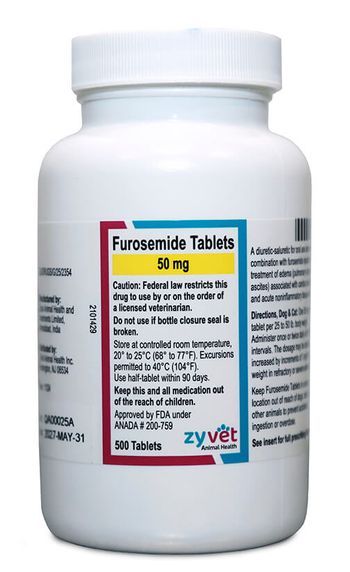
Practical Matters: Use caution when prescribing transdermal medications for feline behavior problems
Medicating a headstrong cat can be a challenge. However, compounding pharmacies have made the task easier by preparing many medications as flavored liquids, chewable treats, or transdermal gels.
Medicating a headstrong cat can be a challenge. However, compounding pharmacies have made the task easier by preparing many medications as flavored liquids, chewable treats, or transdermal gels.
Arnold Plotnick, MS, DVM, DACVIM, DABVP
When prescribing transdermal medications, only consider drugs that are proven effective when used transdermally or that have an objective, measurable response to treatment. For example, the efficacy of transdermal methimazole for treating hyperthyroidism can be confirmed through the resolution of clinical signs and by measuring serum thyroxine concentrations.
Evaluating the analgesic effects of a transdermal medication involves subjective observation. However, studies on fentanyl in dogs and cats, for example, clearly demonstrate that therapeutic blood concentrations are achieved when fentanyl is administered through a transdermal patch.1,2
Evaluating a drug's efficacy for treating behavioral disorders is even more subjective. When using a transdermal behavioral drug, it is difficult to assess whether failure to achieve the desired behavioral response (e.g. cessation of urine spraying) is due to inadequate blood concentrations or to a cat that is simply a nonresponder to that medication. In addition, studies of amitriptyline, buspirone, and fluoxetine have shown that transdermal administration achieves only a fraction of the concentration achieved when these drugs are given orally in single dosing trials.3,4
Thus, when prescribing medications for fussy cats, work with your compounding pharmacy to see what formulations are available. But save the transdermal behavioral drugs as a last resort for cats that will not tolerate oral medication.
Arnold Plotnick, MS, DVM, DACVIM, DABVP,
Manhattan Cat Specialists
230 West 76th St.
New York, NY 10023
REFERENCES
1. Kyles AE, Papich M, Hardie EM. Disposition of transdermally administered fentanyl in dogs. Am J Vet Res 1996;57:715-719.
2. Scherk-Nixon M. A study of the use of a transdermal fentanyl patch in cats. J Am Anim Hosp Assoc 1996;32:19-24.
3. Mealey KL, Peck KE, Bennett BS, et al. Systemic absorption of amitriptyline and buspirone after oral and transdermal administration to healthy cats. J Vet Intern Med 2004;18:43-46.
4. Ciribassi J, Luescher A, Pasloske KS, et al. Comparative bioavailability of fluoxetine after transdermal and oral administration to healthy cats. Am J Vet Res 2003;64:994-998.
Newsletter
From exam room tips to practice management insights, get trusted veterinary news delivered straight to your inbox—subscribe to dvm360.






